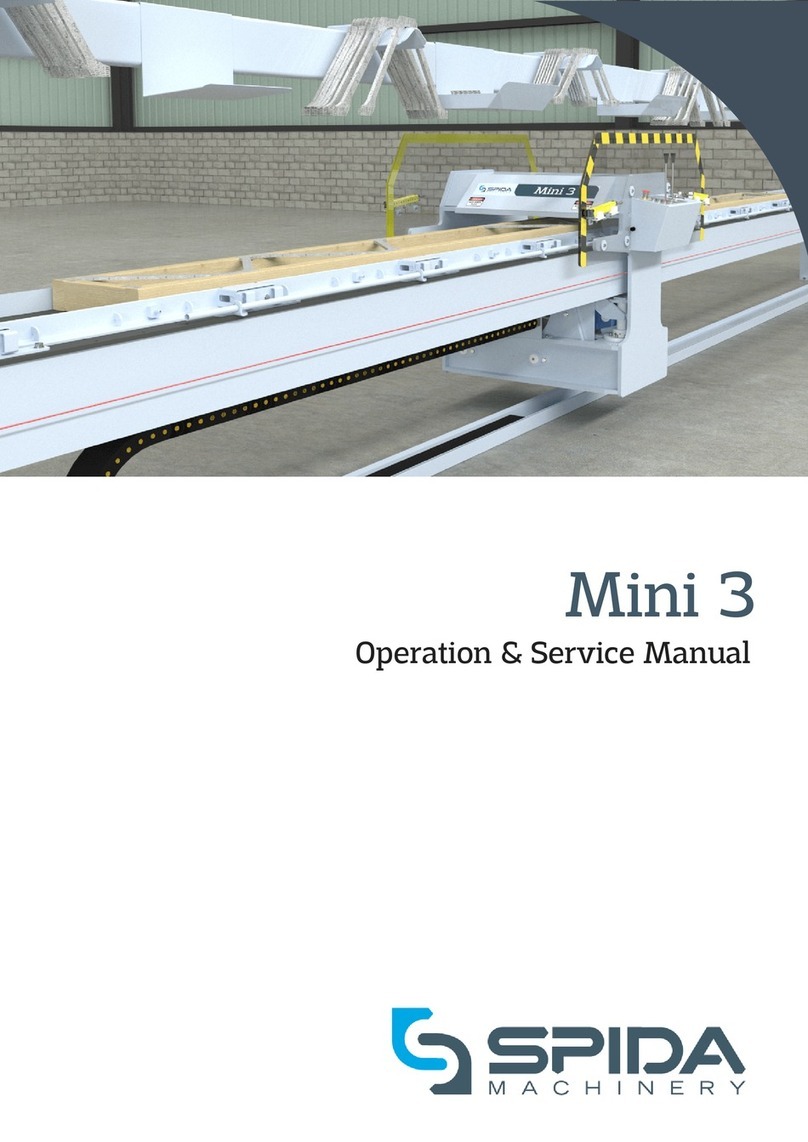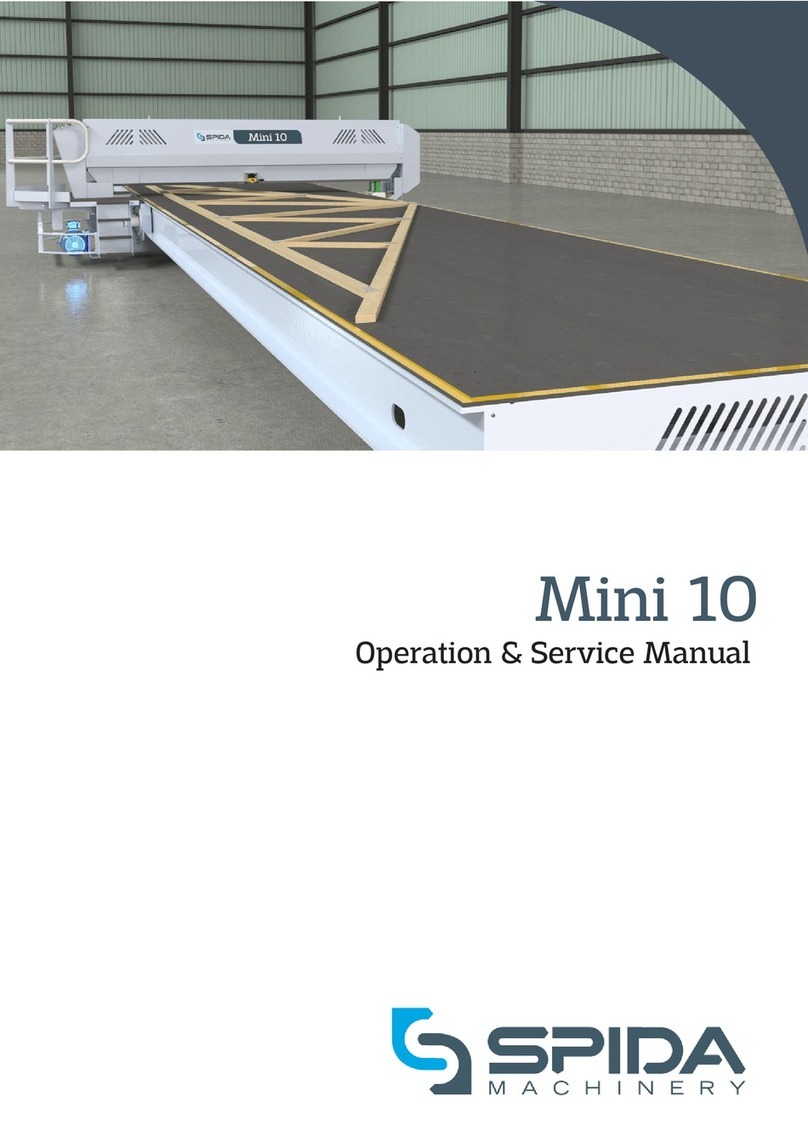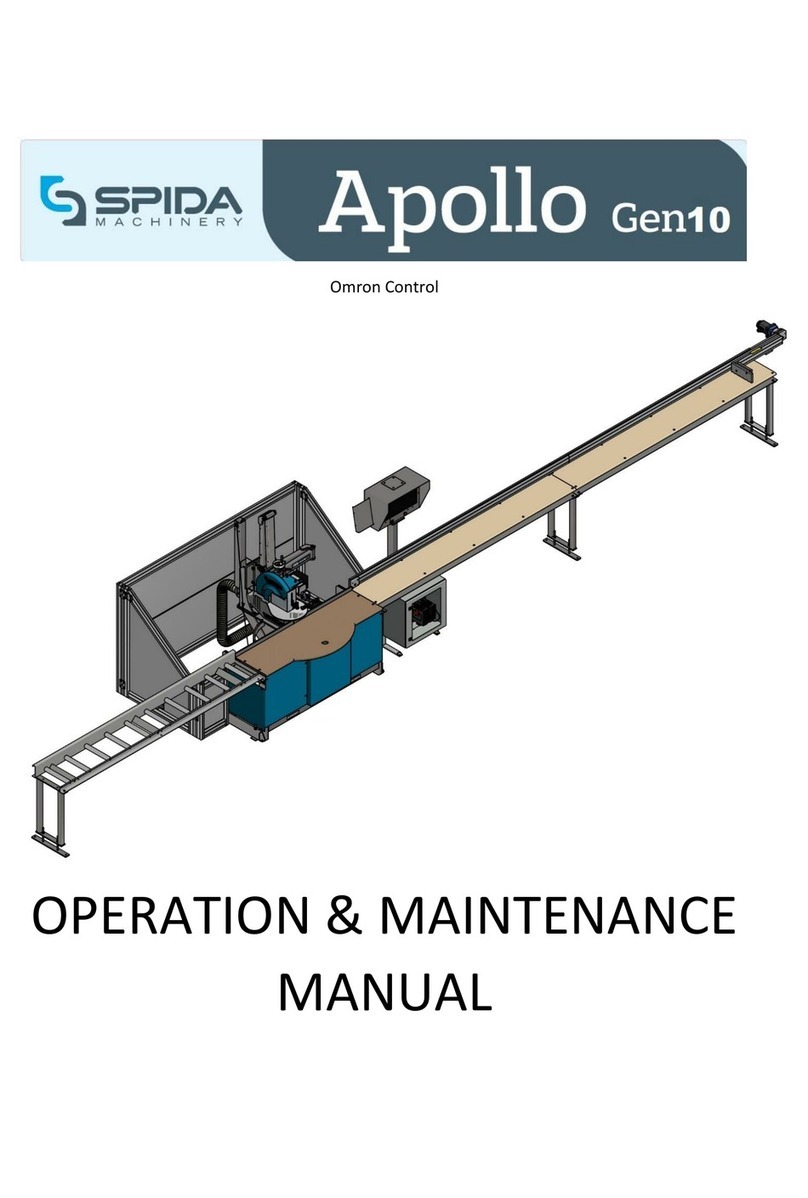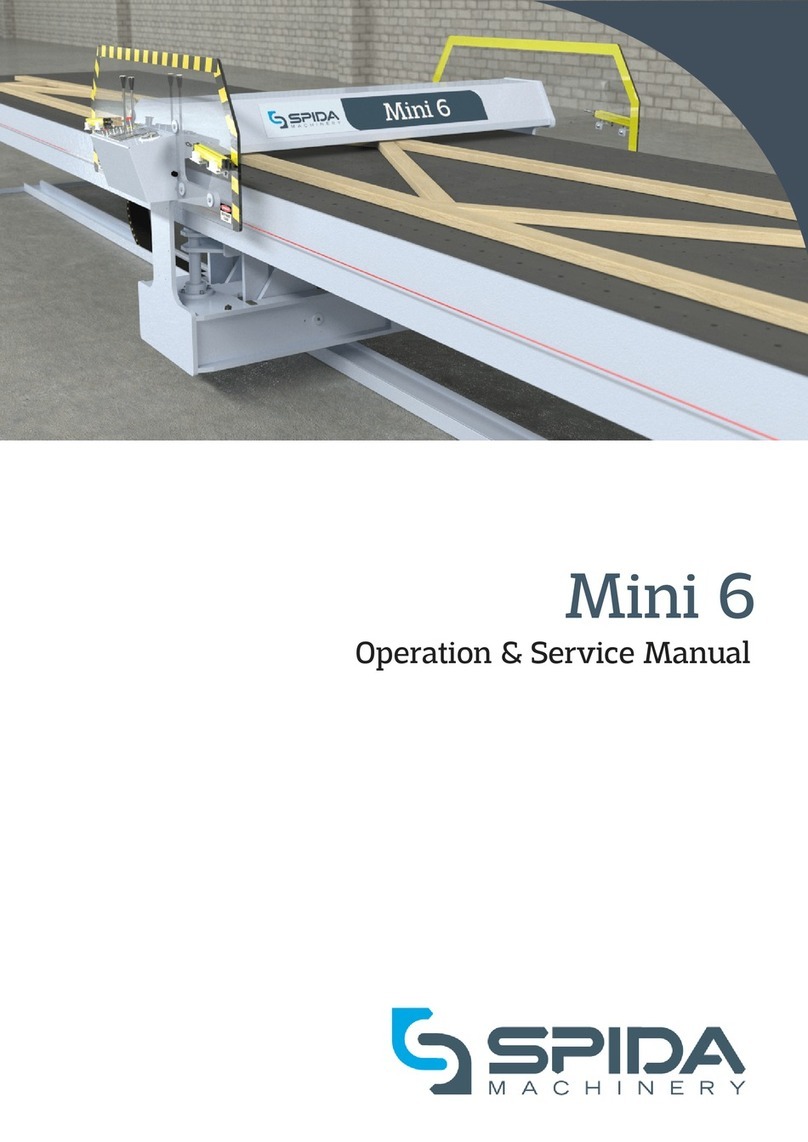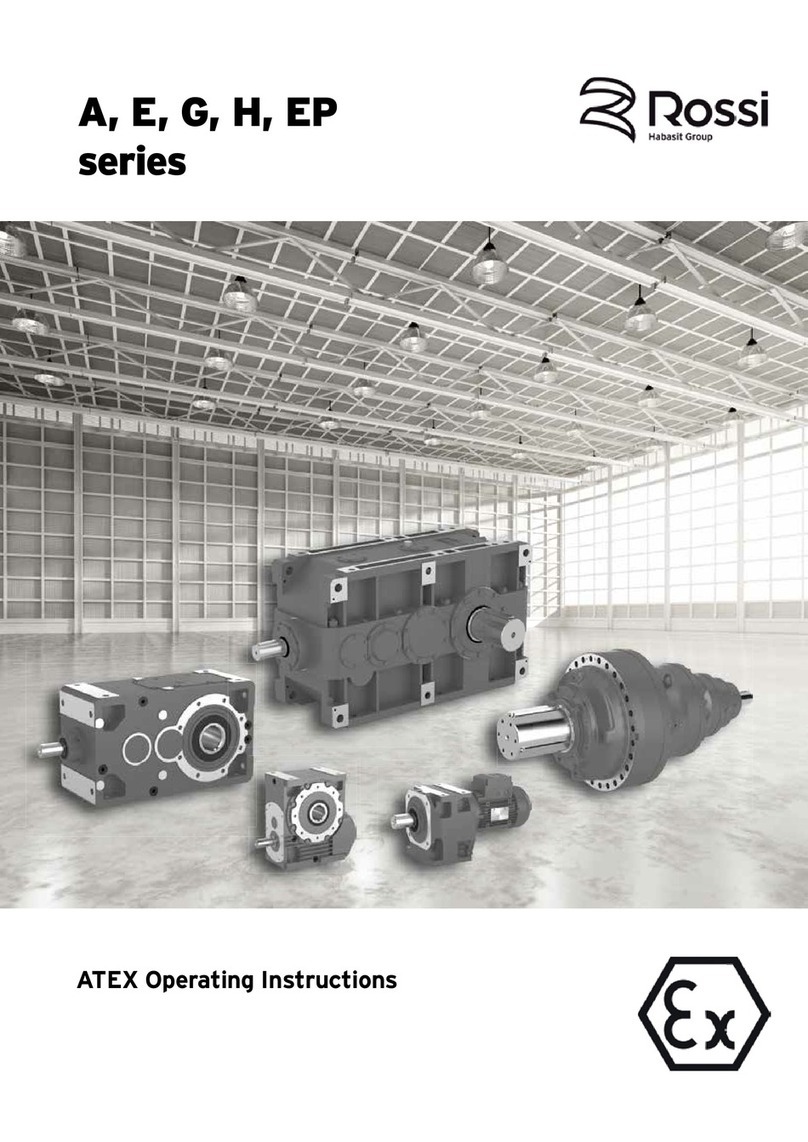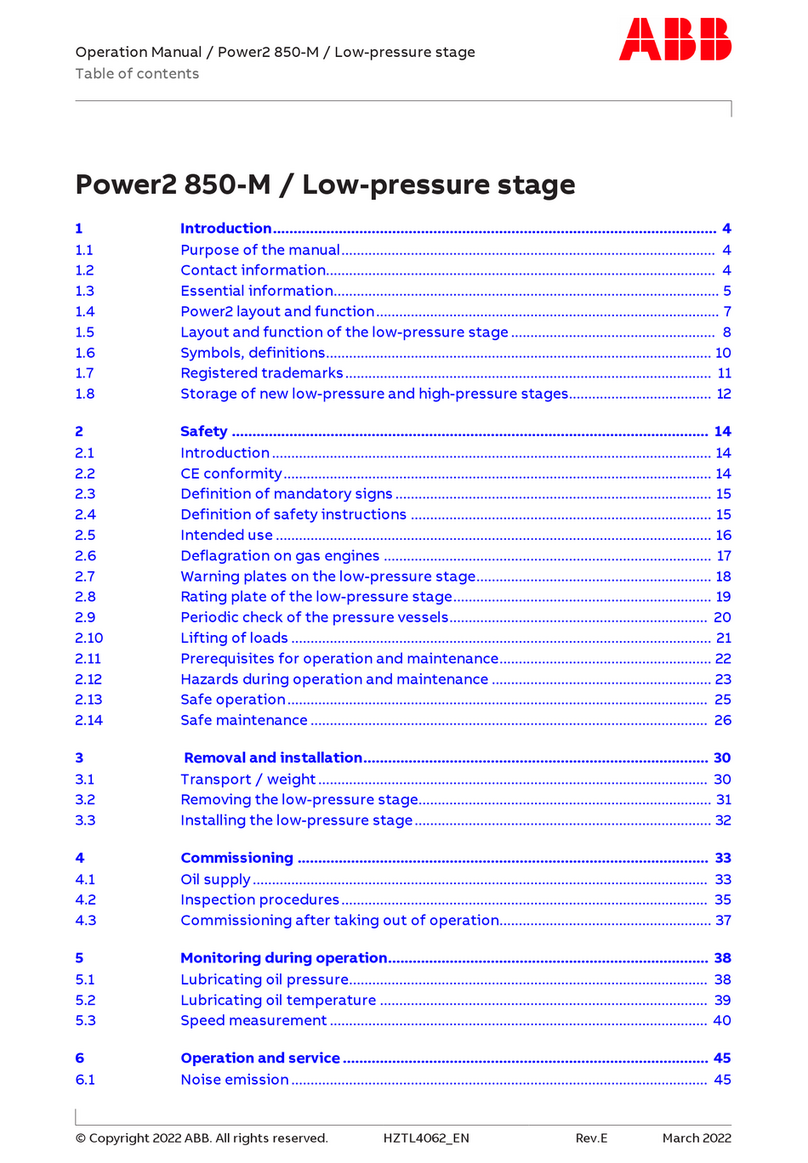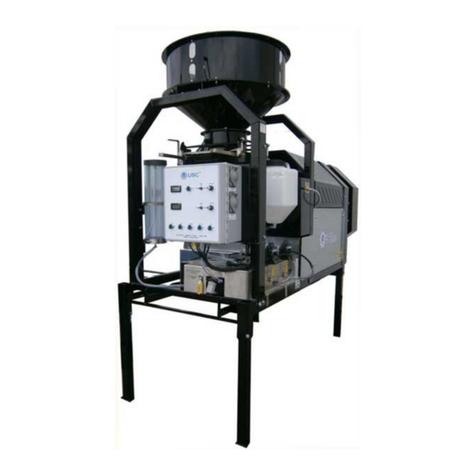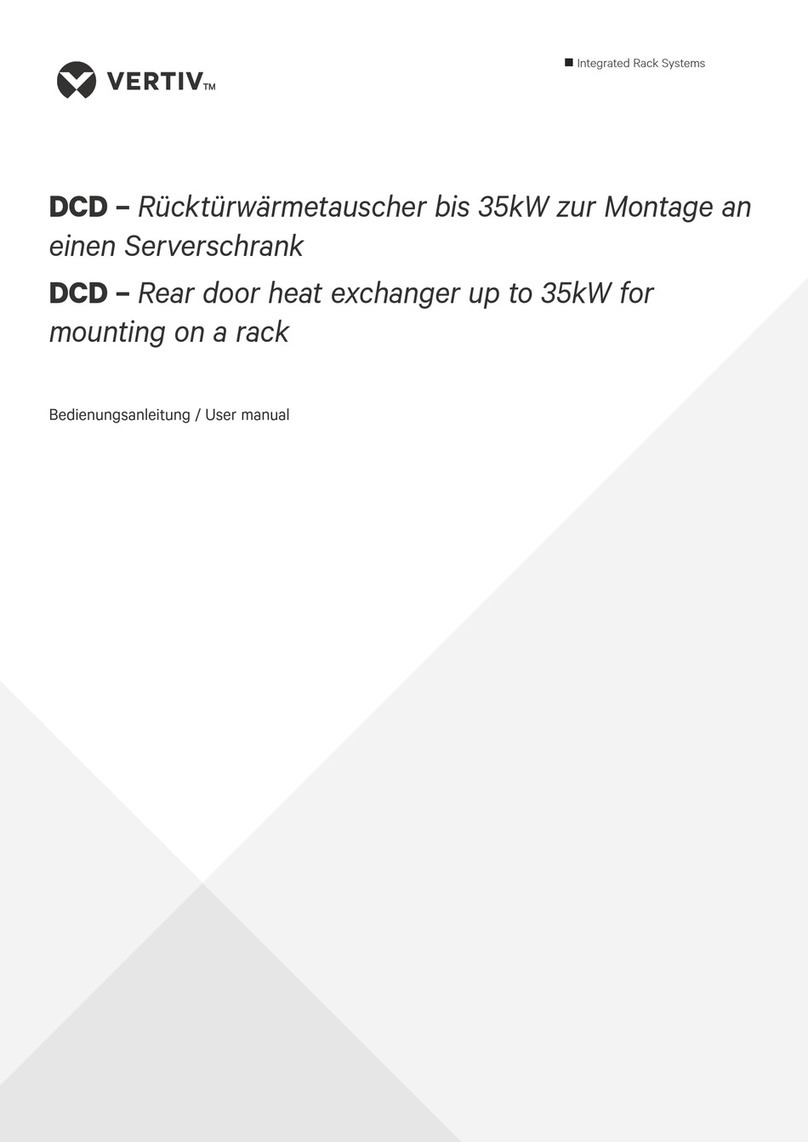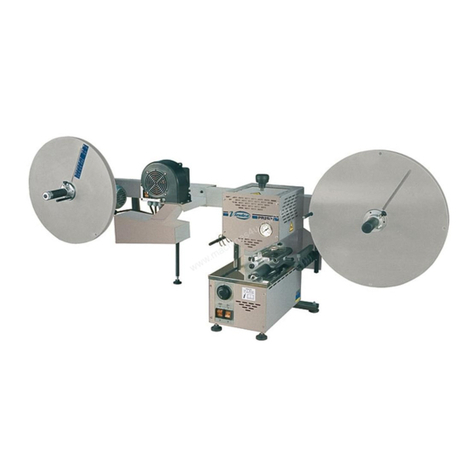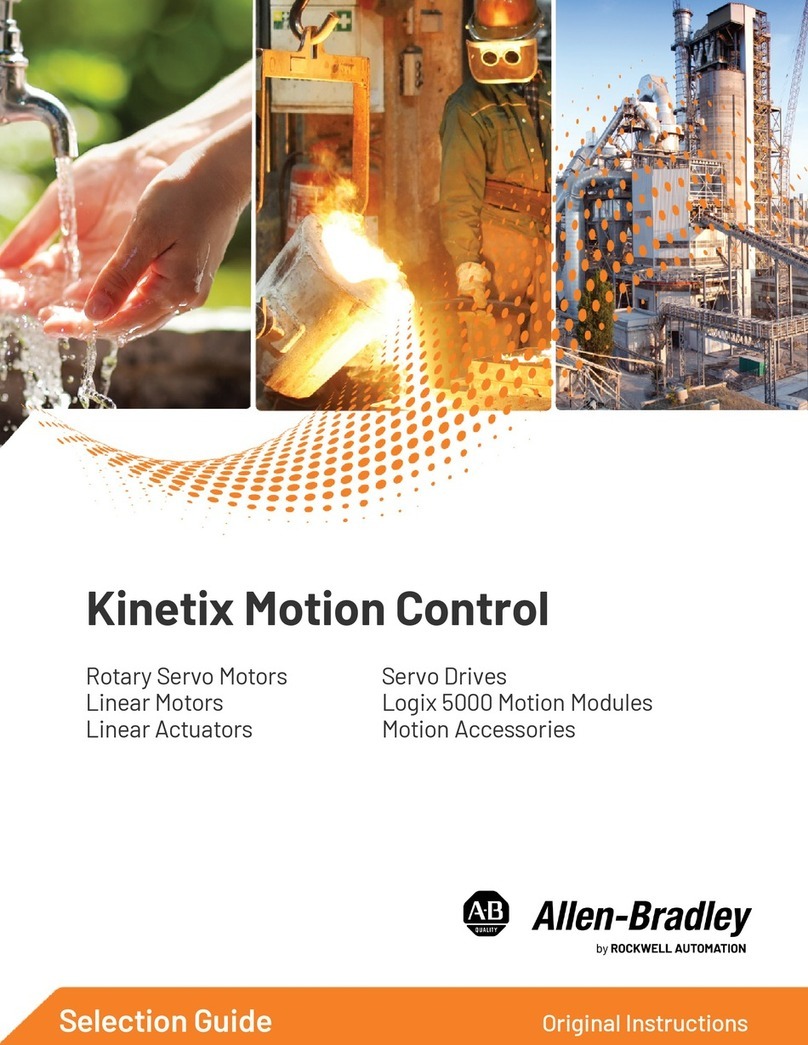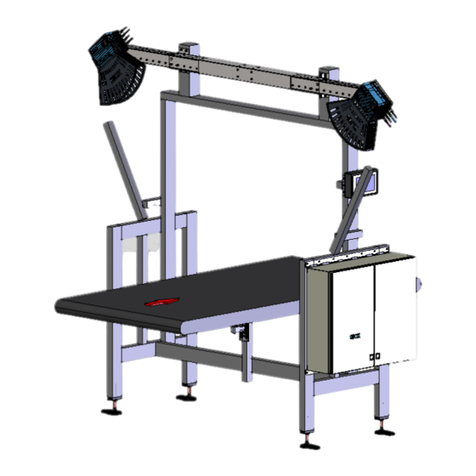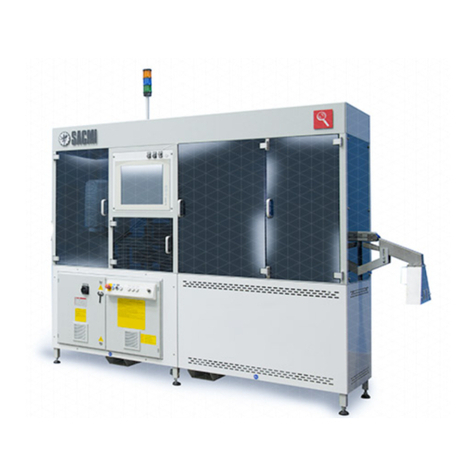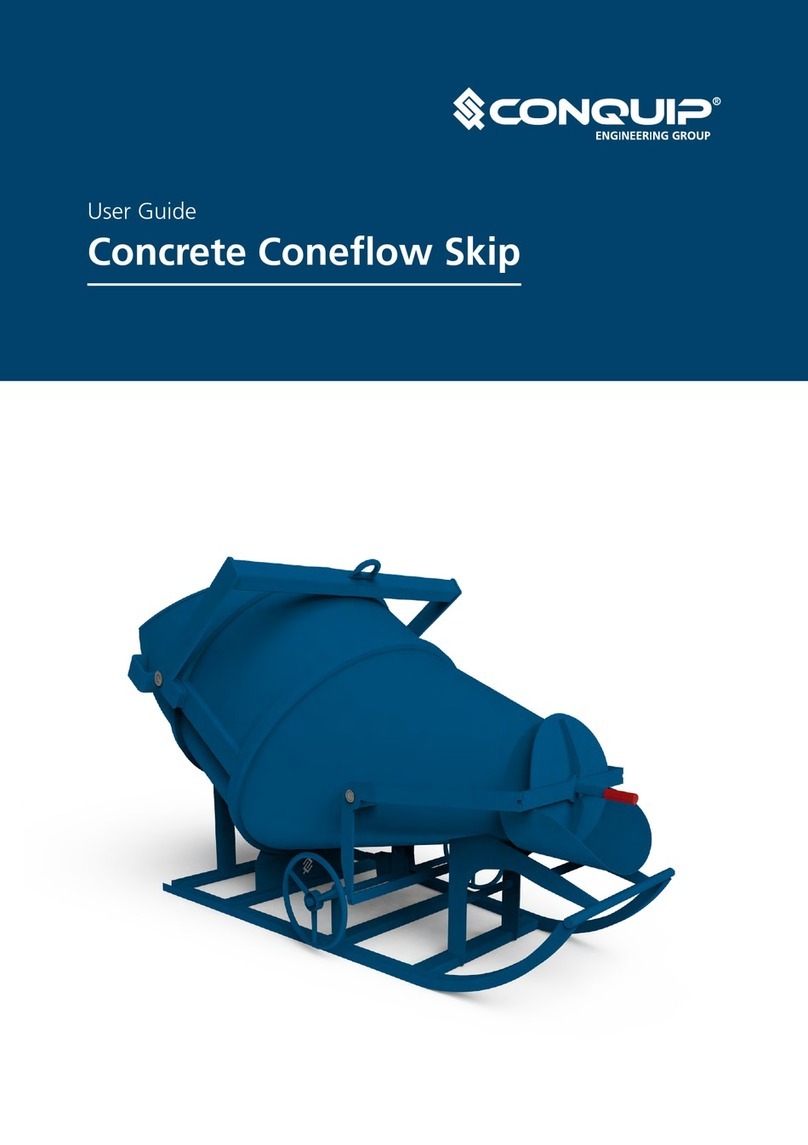Spida Machinery Mini 8 Installation and operating instructions

Mini 8
Operation & Service Manual


Contents
About this document..............................................................................................................3
Who will use this manual? .......................................................................................................................................3
Prerequisite knowledge.............................................................................................................................................3
Document conventions ..............................................................................................................................................4
Support............................................................................................................................................................................4
What is a Mini 8....................................................................................................................... 5
Key features...................................................................................................................................................................5
Serial plate .....................................................................................................................................................................5
Recommendations.......................................................................................................................................................6
Handling recommendations ..........................................................................................................................6
Transport recommendations .........................................................................................................................6
installation recommendations.......................................................................................................................6
Machine commissioning ..................................................................................................................................6
Machinery usage warning..................................................................................................7
Safety information.................................................................................................................. 9
Safety information.................................................................................................................................................... 10
User warnings ................................................................................................................................................. 11
Safe operating procedures (SOPs)...................................................................................................................... 12
Minimum company standards - pre-operation procedure....................................................... 12
Minimum company standards - general................................................................................................. 13
Minimum company standards - operation............................................................................................. 15
Minimum company standards - maintenance....................................................................................... 16
Hazard identification................................................................................................................................................ 17
Foreseeable misuse ................................................................................................................................................. 18
Specifications..........................................................................................................................19
Parts identification................................................................................................................21
Mini 8overview ......................................................................................................................................................... 22
Operator area............................................................................................................................................................. 23
Operating controls.................................................................................................................................................... 24
Pump and motor.......... ............................................................................................................................................. 25
Drive motor and drive wheels............................................................................................................................... 26
Hydraulic system....................................................................................................................................................... 27
Hydraulic oil level.................................................................................................................................................... 28
Grease bank................................................................................................................................................................ 30
Footprint drawing ....................................................................................................................................................31
Mini 8 hydraulic schematic ...................................................................................................................................32
Operating instructions ....................................................................................................... 33
Manual handling ....................................................................................................................................................... 33
Maintenance information ................................................................................................. 35
Maintenance points.................................................................................................................................................. 36
Daily maintenance schedule ................................................................................................................................. 37
Weekly maintenance schedule............................................................................................................................ 38
Bi-annual maintenance schedule ........................................................................................................................ 39
Annual maintenance schedule ............................................................................................................................. 40
SICK unit....................................................................................................................................................................... 29
1
What's in this document?...........................................................................................................................................3

Risk assessment ....................................................................................................................41
Operator training checklist................................................................................................51
Warranty ................................................................................................................................. 53
Machinery/equipment information......................................................................................................................54
Training certification .......................................................................................................... 57
Index ......................................................................................................................................... 59
2

A
BOUT THIS DOCUMENT
ABOUT THIS DOCUMENT
This section provides information about this document.
WHO WILL USE THIS MANUAL?
This manual is the Mini8Operation andService Manual designed to show you how to use the functions in the current
release of Mini8.
PREREQUISITE KNOWLEDGE
This manual assumes you have:
•
Successfully completed proper training in safe working practices; and
•
Conducted a site risk assessment.
W
HAT
'
S IN THIS DOCUMENT
?
This document contains the following sections:
If you want to... Read...
Learn about this machine. “What is a Mini8”on page 5.
Understand safety considerations for this machine. “Safety information” on page 9.
Read the specifications for this machine. “Specifications” on page 19.
Learn the location of key components. “Parts identification” on page 21.
Learn how to operate the machine. “Operating instructions” on
page 33.
Read the risk assessment. “Risk assessment” on page 41.
Read the warranty. “Warranty” on page 53.
Complete the mandatory training certification. “Training certification” on page 57.
For more information, see the relevant section.
3

DOCUMENT CONVENTIONS
If accessing this document electronically, this document uses different fonts to indicate specific information as shown
in the following table:
Font Example Indicates...
Bold Bold
Menu option that you can select, or a button/icon that you can click to
activate.
Double quotes
““
Cross-reference to another section in the document. For example, see
“Document conventions” on page 5.
Bold italic Bold italic Reference to another different document. For example, theMini 8
Operation and Service Manual.
Blue underline Blue
underline
Hyperlink that shows additional information. To see the additional
information, click the hyperlink. After clicking the hyperlink, you will see
the additional information, and the colour of the original hyperlink will
change to Purple underline to indicate you have used (or “visited”) the
hyperlink.
Note
NOTE: Important information that you should know.
SUPPORT
For all Mini8support issues, please contact Spida Machinery Support.
4

WHAT IS A MINI 8
The Spida Machinery Mini8table press is designed primarily for pressing.
The Mini8may have floor strut jigging attached, or other forms of jigging for the holding of timber during the pressing
process, and should beusedatall times to ensure a safe and accurate press.
KEY FEATURES
Mini8has the following key features:
Feature
Variable speed drive to allow fabricators to drive the machine to suit their needs.
Large safety screen to ensure all body parts are kept well clear of pressing area.
60 Tonne pressing capacity.
Adjustable jigging and base plates.
SICK AG Industrial Safety System safety laser scanning system that stops the
press if foreign objects are detected within a specified distance.
(Optional) Floor strut jigging - pneumatic or manual clamping.
SERIAL PLATE
The following serial plate will be attached to your machine:
WHAT IS A MINI 8
5

R
ECOMMENDATIONS
HANDLING RECOMMENDATIONS
It is advisable to use two lift trucks or cranes to manoeuvre the machine, due to the length and possible instability of the
ground when transporting the machine from the truck to the operating position.
TRANSPORT RECOMMENDATIONS
When transporting your machine:
1.
Ensure all additional jigging is boxed and secured with the machine.
2.
Ensure that the machine is strapped tightly at both ends.
3.
Do not place loads on top of the machine.
4.
The machine is to be kept free from road grime and rain, and is to be covered at all times when being transported.
INSTALLATION RECOMMENDATIONS
Spida Machinery recommends following the following installation procedure:
NOTE: This procedure may vary depending on customer requirements.
1.
The final operating position of the machine must be free from any rubbish or impediments.
2.
There must be good lighting in the installation area to allow proper positioning of the machine.
3.
The ground upon which the machine rests must not vary by more than 5mm over a 15m x 3m area.
4.
All electrical components must be checked by a qualified electrician prior to powering the machine, to check
for faults and any effects of condensation or other damage.
5.
Electrical commissioning to be to local standards and be performed by a qualified electrician.
M
ACHINE COMMISSIONING
1.
Remove all strapping and blocking from the machine.
2.
Power upthe machine in the presence of a qualified electrician ensuring Stage 4 ofinstallation has been
completed.
3.
Remove all other materials from the table (jigging etc.) and ensure that the press head is unhindered in its travel.
4.
Run the machine from one end tothe other slowly.
5.
Insert a piece of timber with nail plates under the platen and check pressing capability.
6.
Check for any oil leaks.
7.
Check for undue noise.
8.
Check that all emergency stop switches disable the machine fully.
WHAT IS A MINI 8
6

M
ACHINERY USAGE WARNING
MACHINERY USAGE WARNING
Spida Machinery takes its obligation to the Australian/New Zealand (AUSNZ) standards on machinery manufacturing
seriously and commissions independent certifiers toassess and approve various hardware equipment configurations.
Spida Machinery commissions independent certifiers to assess and approve ourmachinery equipment to ensure it
complies withall relevant legislation.
As the Original Equipment Manufacturer (OEM) of Spida machinery, Spida Machinery has a duty of care to advise you
thatthis machine should only be used foritsdesigned andintended useby operators whohave received appropriate
training.
As such, you may NOT make any unauthorised changes to the machine. This includes electrical, mechanical, pneumatic or
any changes toany other operational functionality without prior written approval from Spida Machinery.
Spida Machinery takes NOresponsibility for potential problems that may arise ifyou make any unauthorised
modifications to themachine or use in any configuration or for any purpose it was not designed.
7

8

S
AFETY INFORMATION
SAFETY INFORMATION
WARNING! Only operators who understand the Operation and Service Manual and are trained in the safe
operation of a Mini8are allowed to use this machine.
NOTE:This manual is generic. Depending on the options selected, your actual machine may vary
from the illustrations and information contained in this manual.
The machine must only be used for the purpose specified above and must be set up, maintained and operated in
accordance with the instructions contained in this manual and the best standards of industrial machinery practice.
Equipment will perform better and last longer with regular inspection and maintenance.
Spida Machinery strongly recommends that a risk assessment be carried out on site to ascertain the PPE. At minimum, all
personnel operating this machine use the following personal protective equipment (PPE):
•
Eyewear;
•
Respirator ordust mask;
•
Hearing protection; and
•
Protective clothing including safety boots
Each member of the factory personnel shall be instructed inthe safe use of the machine using this document asa
guideline and shall sign a copy of this document to indicate that they have been instructed in the safe operation of this
machine and have thoroughly read and understand the Mini8Operation and Service Manual as well as any additional
supplied information.
A copy of this document should be placed in the personnel file of each employee that receives instruction on the Spida
Machinery Mini8.
A second copy should be made available to each employee for their reference.
This machine must only be operated by personnel who have been properly instructed in all aspects of the machine’s safe
operation.
NOTE: This Mini8Operation and Service Manual is intended as a guide for safe operation of the
equipment by the user; however users should not consider this document all-inclusive and
should conduct their own risk assessment prior to operating
For all questions about this equipment, please contact Spida Machinery Support.
9

SAFETY INFORMATION
All operators should be aware of the following safety points before attempting to operate the Mini8.
Operator area
Press
head
Table
•
Operator area - the operator must always stand in this area this when press is in operation.
•
Press head - apart from the timber and nail plates / multistruts, no other materials apart from the jigging
should be placed between the press and the table. Before pressing, remove all surplus tools, timber, and
jigging etc.
from the table to prevent damages.
•
Table - all persons apart from the operator must be clear of the table when press is in operation.
WARNING! Only qualified electricians should attempt to alter any electrical components on the press.
SAFETY INFORMATION
10

USER WARNINGS
•
All equipment and components should be inspected upon delivery and at weekly intervals for looseness,
fracture, bends, sharp edges or surfaces and any other condition that may contribute to a human mishap or
further deterioration of the equipment. We suggest a log be kept for this purpose.
•
When broken, damaged or loose parts (or any condition that may represent a hazard) are observed, corrective
action should be taken immediately. Inadequate attention to maintain the equipment can cause the
prematurefailure of these parts. We suggest this information also be logged.
•
The electrical boxes should be locked at all times to avoid casual entry by unauthorised persons as touching
livecircuits is hazardous.
•
Split, broken, warped, twisted or timber with excessive wane should be avoided or used with caution because
of the greater possibility of the timber not being held securely.
•
The equipment is not to be used for any other purpose than the joining of nail plates / MultiStruts to timber.
WARNING - This machine must only be operated by personnel who have been properly instructed in all aspects of
the machine’s safe operation.
They must also be wearing the recommended protective clothing and have thoroughly read and understood this
operation and service manual.
SAFETY INFORMATION
11

SAFE OPERATING PROCEDURES (SOPS)
You should understand the following SOPs before operating the machine:
Minimum company standards For more information, see...
Pre-operation “Minimum company standards - pre-operation procedure” on page 12.
General “Minimum company standards - general” on page 13.
Operation “Minimum company standards - operation” on page 14.
Maintenance “Minimum company standards - maintenance” on page 15.
For more information, see the next sections.
MINIMUM COMPANY STANDARDS - PRE-OPERATION PROCEDURE
The Mini8operator will carry out the following safe work procedure before operating the machine:
Potential hazard Safe work procedure
Safety Ask questions if you have any doubts about doing the work safely.
Check and adjust all safety devices.
Poor guarding Ensure all supplied guards are fitted correctly and are adequately guarding
nip points and moving parts.
Make sure guards are in position and in good working condition.
Poor housekeeping Inspect Mini8and surrounding areas for obstructions and defects.
Clean built up dirt and sawdust from around machine, electrical leads and
power points.
Electrical faults Inspect electrical leads for damage.
Incorrect or damagedcomponents Check machine for cracks, warping or misalignment.
Check for leaking or defective components.
Incorrect machine settings Check hydraulic pressures, travel speed and pressing action.
Material handling Follow safe material handling guidelines.
Inoperable safety switches Check that start/stop buttons, emergency stop buttons and safety bars are
operating effectively.
Incorrect accessories Use only the accessories designed for each specific machine and
application.
Foreign objects Check that foreign objects and tooling etc. are removed from the machine
before turning the power on.
Warning! The Mini8can be dangerous if not used properly.
SAFETY INFORMATION
12

MINIMUM COMPANY STANDARDS - GENERAL
The Mini8operator will apply methods of safeguarding and safe working practices:
Potential hazard Safe work procedure
Clothing Do not wear loose clothing or work gloves, neckties, rings, bracelets or other jewellery
that can become entangled with moving parts.
Protective equipment Always wear correct Personal Protective Equipment including: hearing protection,
safety glasses, safety footwear.
Slip, trips and falls Avoid awkward operations and hand positions where a sudden slip could cause hand or
part of your body to move into the path of machine.
Electric power cords should be above head level or in the floor in such a way that they
are not tripping hazards.
Floor areas and machine table should be level and non-slip.
Clean up spills immediately.
Workplace Use good lighting so that work piece, pressing head, and machine controls can be seen
clearly.
Position or shade lighting sources so they do not shine in the operator/s eyes or cause
any glare or reflections.
Ensure that the floor space around equipment is sufficient to enable you to fabricate the
size of work piece being processed safely without bumping into other workers or
equipment.
Keep work area free of clutter, well swept, and well lit.
Ensure precut stock is stacked in appropriate area to avoid accidental contact with
sharp ends.
Machine capacity Do not use the machine for any other purpose than that for which it is designed.
Housekeeping Clean built-up foreign material, unused jigging/ tooling and dirt from around machine,
electrical leads and power points.
Defects Report all defects to the supervisor for appropriate action.
Warning! Do not operate a defective machine.
SAFETY INFORMATION
13

MINIMUM COMPANY STANDARDS - OPERATION
The Mini8operator is responsible for adhering to safety rules and requirements while operating the machine:
Potential hazard Safe work procedure
Personal protection Wear safety glasses.
Wear hearing protection that is suitable for the level and frequency of the noise you are
exposed to in the woodworking area.
Wear dust masks when required.
Use gloves to protect hands from splinters when handling wood but do not wear them
near machinery parts where the gloves can catch.
Machine guarding Ensure safety bars are operational.
Make sure all guards are in set positions.
Material defects Inspect stock for nails or other foreign materials before pressing.
Only use material and jigging designed for the machine.
Operator technique
Make sure machine path is clear.
Do not remove stock from a Mini8table until thepressing head has been returned to its
“resting’ position. Instruct all other workers to stand clear when the machine is
operational.
User warnings Never place hands, arms or other body parts underneath the pressing platen or in the
path of a moving machine.
Always adhere to all attached safety and warning labels on machine.
Waste disposal Waste and off cuts should be disposed of in the bin provided.
Warning! Do not distract or startle an operator while he or she is using the equipment. Horseplay can lead to serious
injuries.
SAFETY INFORMATION
Operate levers to manoeuvre the machine.
Stand on the machine platform and adopt a secure stance.
Unattended machine Do not leave a running machine unattended – leave only after the machine has been
turned off and it has come to a complete stop.
14

M
INIMUM COMPANY STANDARDS
-
MAINTENANCE
The Mini8operator may be responsible for maintenance, cleaning and blade changing ofthe machine:
Potential hazard Safe work procedure
Cleaning and
maintenance
preparations
Turn the power off, isolate/tag and unplug the power cord (or lock out the power
source) before inspecting, changing, cleaning, adjusting or repairs to the machine.
Also turn the power off when discussing the work.
Do not use compressed air to remove sawdust, etc., from machines or clothing.
Stop/start buttons Make sure that start and stop buttons are in good working condition and within easy
and convenient reach of an operator.
Start buttons should be protected so that accidental contact will not start the
machine.
Hydraulics Ensure that all hydraulic components are in good working order.
Check oil temperature and quality. Inspect and replace filters asper themaintenance
manual.
Machine settings Check hydraulic pressures, travel speed and pressing action.
Guarding Ensure safety guards are fitted correctly, in good working condition and guard the
machine adequately.
SAFETY INFORMATION
15

HAZARD IDENTIFICATION
This machine has been assessed for the following possible hazard types:
Hazard Additional information
Crushing The possibility of the operator crushing a hand is minimal if the guards are not removed
and press is operated correctly as has been advised.
As there is a possibility of the operator not seeing another person placing their hand in
the press during operation, the machine should only be operated by one person during
the pressing cycle and all other personnel to remain a distance of one metre from
machine.
Cuts The sharp teeth ofnail plates could cut the operator.
Care must be taken when handling nail plates.
The operator could be cut by sharp edges on the table or press head caused by damage
to the table or press head.
Electrical The power requirement for the machine is 3 phase + E + N, 415 volts and is equipped
with an overload
Unauthorized persons must not alter or interfere with the electrical supply at any time.
Hydraulic oil Oil spills are possible if the hoses or fittings become loose or damaged.
Hoses could be damaged from constant rubbing against metal parts during operations
and burst.
Slips, trips and falls There is the potential to slip, trip or fall if good housekeeping practices are not adhered to
and the work area is not kept free of saw dust, loose timber and offcuts.
Cleaning The machine must be isolated from the power and locked at the Main Power Isolation
Switch before any cleaning or maintenance is to be performed.
The key is to be removed and kept by the personnel entering the operational area.
Ergonomics The operators are required to be able to move freely around the front and rear of the
machine.
The machine working height cannot be adjusted.
The machine cannot be operated while seated.
The operators are not required to climb onto or into the machine while the machine is
operating, loading or unloading.
The operators must wear approved safety footwear, eye protection and hearing
protection.
Guarding The machine MUST NOT be operated with any of the guards removed.
The machine is fitted with steel mesh guard on the operators control panel, to allow the
operator to see the pressing operation.
Personal protective
equipment
PPE is not supplied with this machine. The employer or end user is responsible to ensure
that the correct type of PPE is supplied, that it is properly maintained and the user is
trained in the correct fitting of the PPE.
SAFETY INFORMATION
16

Hazard Additional information
Recommendations That the operator is trained, on induction, of the dangers of crushing or cuts when
operating the machine.
The electrical system is to be serviced by a qualified electrician only.
That all operators are walked through the operator’s manual and all potential hazards are
well known.
That good housekeeping is maintained at all times to avoid the risk of slips, trips or falls.
That approved eye and hearing protection is used at all times when operating the
machine.
That approved safety footwear is worn at all times when operating the machine.
That if the machine is not operating as efficiently as specified, the operator notify their
supervisor who in turn will notify the supplier.
All guards and safety devices are not to be removed.
The potential for a pedestrian to be injured is possible. It is recommended that a yellow
line be painted on the floor on a one metre (1000mm) perimeter surrounding the
workingarea of the machine.
SAFETY INFORMATION
17

FORESEEABLE MISUSE
Through experience, Spida Machinery’s technical staff have listed (in order of occurrence) the most common misuses of
the machine byoperators, theresultant symptoms that result and therectification required to address themisuse and
return the machine to optimal working order:
Misuse Symptom Rectification
Harsh accelerating of the head drive. Drive cog wear and
breakage.
Replacement of cogs, retention of
drive chain.
Harsh stopping of the head drive. Drive cog wear and
breakage.
Replacement of cogs, retention of
drive chain.
Driving the head into the end stop. Leg and head damage. Structural repairs to thehead frame
and table ends.
Over-tightening of bolts on jigging
table.
Shearing bolts. Welding, drilling and tapping the
bare holes.
Driving the head without disengaging
the press from the material.
Drive chain or cog breaks. Replacement chain and / or cogs.
Stamping/pressing. Head damage. Head O/H cylinder seal.
Non-specific material. Damage. Replace.
NOTE: Any other misuse and resultant damage of the machine is deemed non – foreseeable as its
occurrence is not consistent
SAFETY INFORMATION
18
Table of contents
Other Spida Machinery Industrial Equipment manuals
Popular Industrial Equipment manuals by other brands
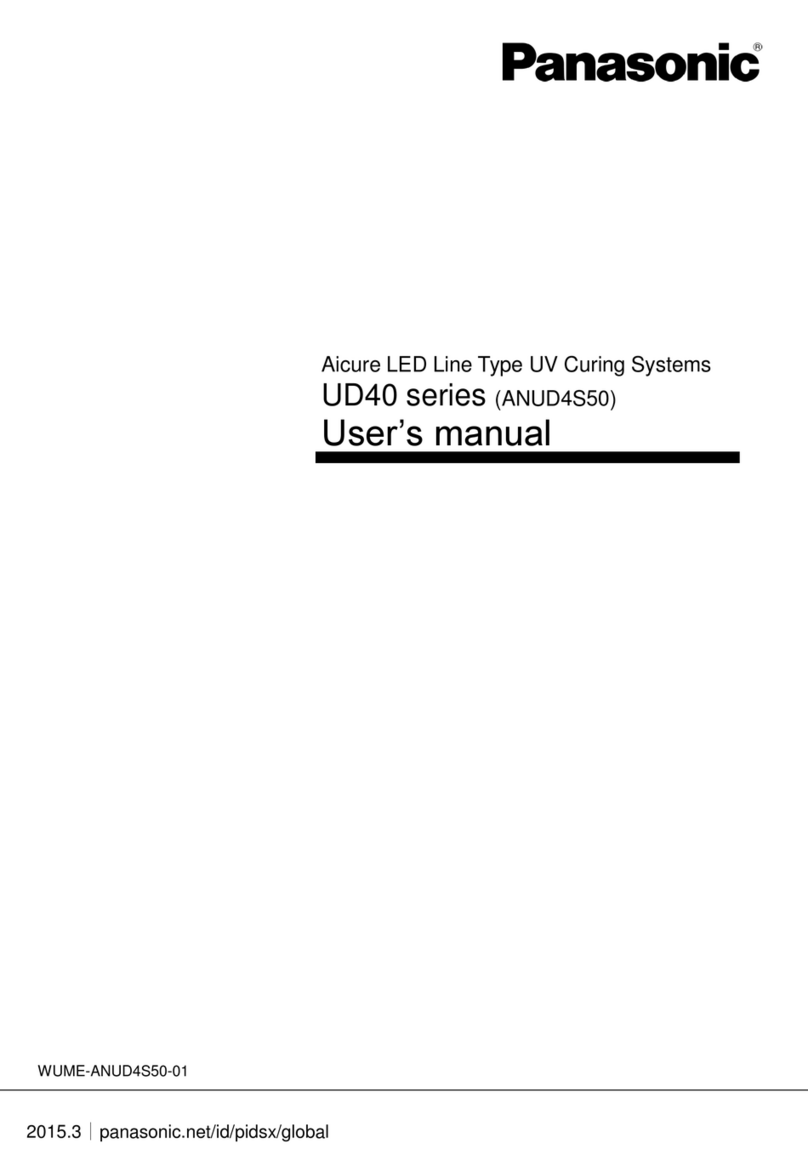
Panasonic
Panasonic Aicure UD40 Series user manual
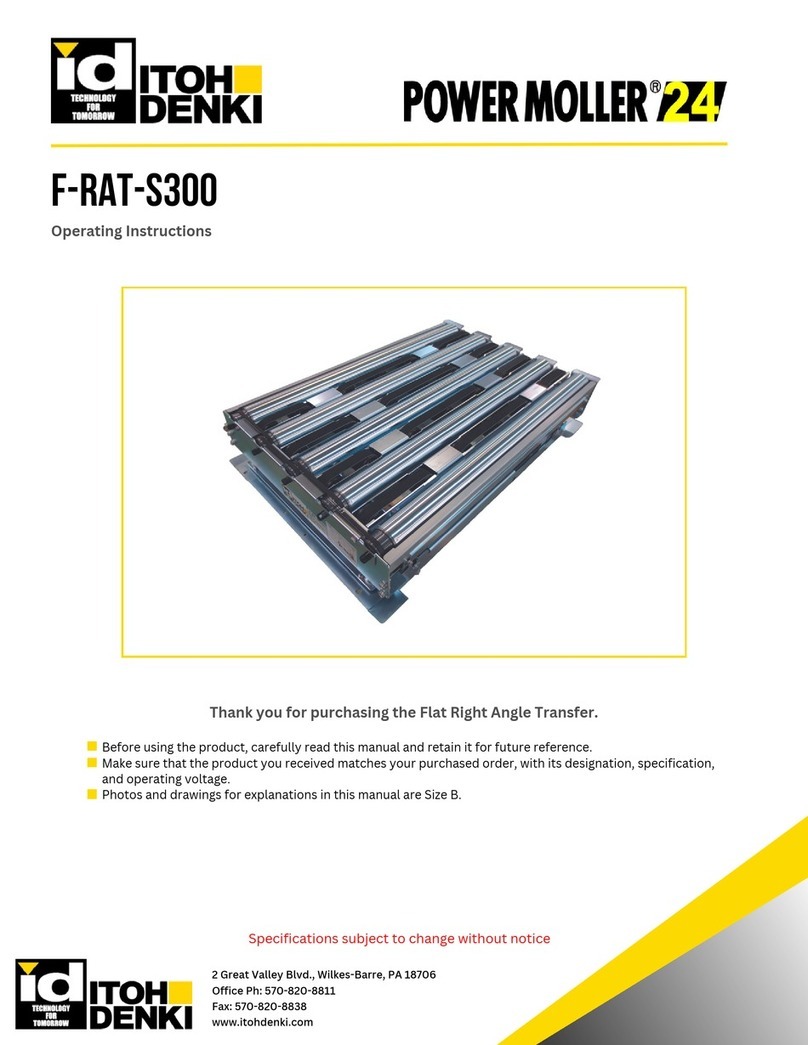
ITOH DENKI
ITOH DENKI POWER MOLLER 24 F-RAT-S300 operating instructions
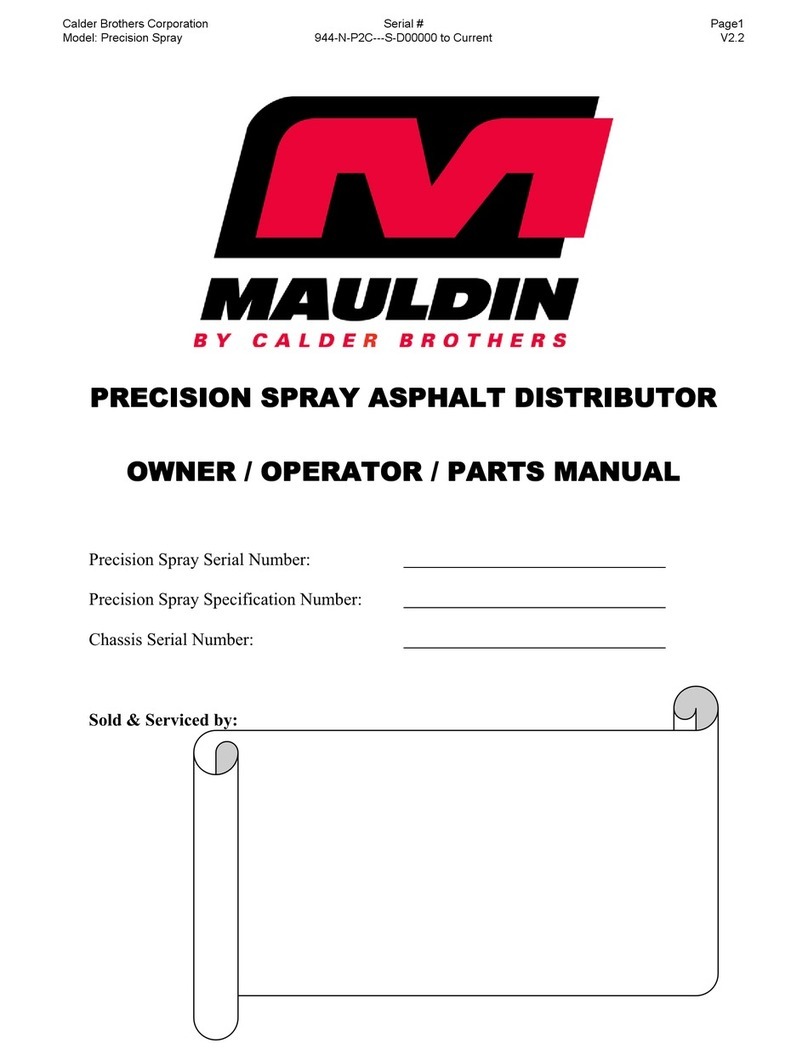
Calder Brothers
Calder Brothers Mauldin Precision Spray Owner/Operator & Parts Manual
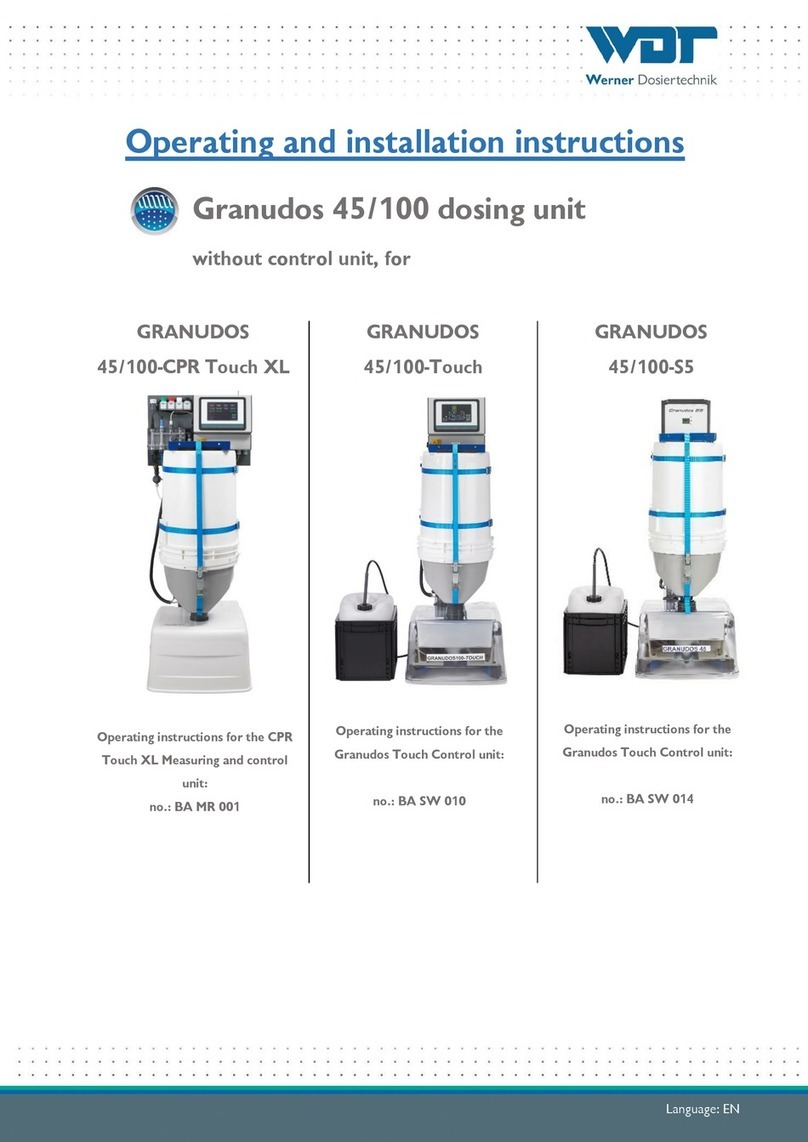
WDT
WDT Granudos 45/100-Touch Operating and installation instructions
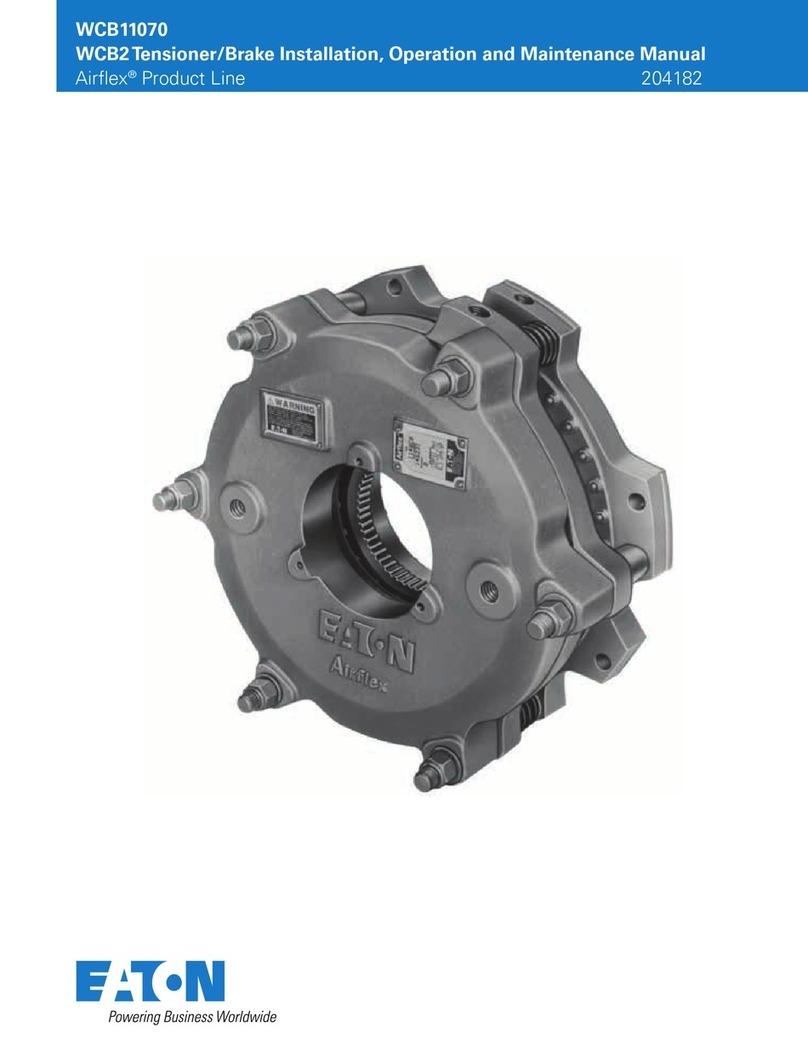
Eaton
Eaton Airflex WCB2 Series Installation, operation and maintenance manual
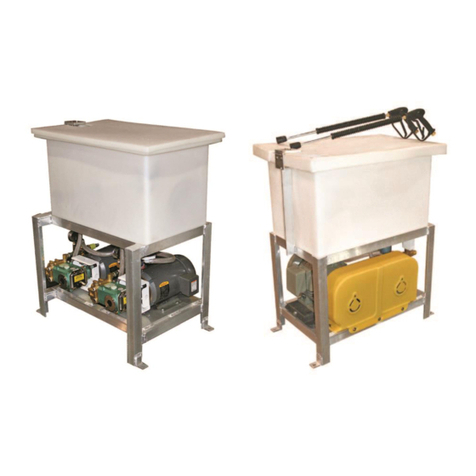
Sonny's
Sonny's HPG Series owner's manual
